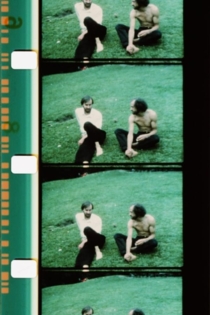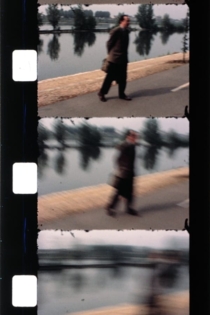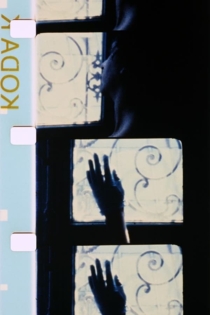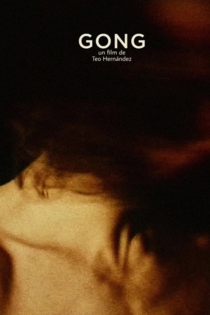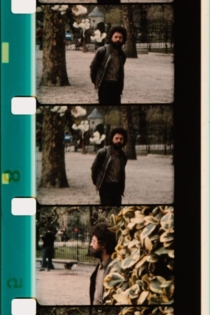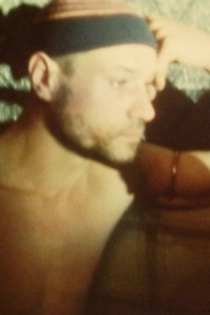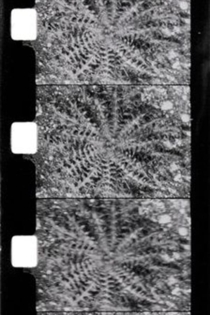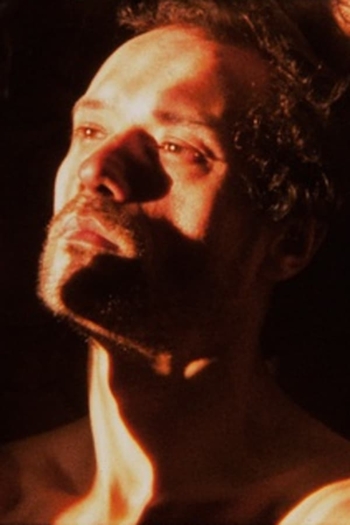
Gaël Badaud
1945 - 2002Cristaux
Teo Hernández
Michel Nedjar, Gaël Badaud
The tetralogy pieces are dominated by the concept and presence of death, foreclosure, fetal vertigo. As such, CRISTAUX is a real descent into an inner labyrinth, which we do not know if it is organic or cultural. At the same time, the film contains a dialectical break that initiates other semantic directions in Hernandez's work. Under the influence of Michel NEDJAR, the filmmaker abandons his traditional method of editing based on rushes. The operation is now completed inside the camera, filming. This more flexible way of proceeding ("the camera must become a second eye") is already reflected in the clear openings of Lacrima Christi: the Christian myth seems to be on the way to exorcising. The pantheistic intoxication - close to that evoked by Nietzsche - seizes places, objects and participants.
Cristaux
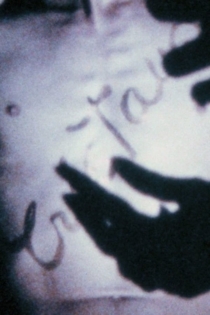
Gestuel
Michel Nedjar
Gaël Badaud
This film is the most "plastic", the most "actionist" of Nedjar: it is his In contextus or his Double Labyrinth. Except that here - a single actor filmed in close-up on a plain black background. Nedjar "wiggles" his camera, with Gaël Badaud manipulating a green net or a mirror, wearing a gas mask or covering his head with a red-skinned knit like a bloody balaclava, he inaugurates a search for luminous calligraphies that will soon be shared with Teo Hernandez.-- Dominique Noguez.
Gestuel
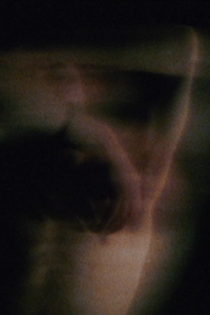
Lacrima Christi
Teo Hernández
Jakobois, Gaël Badaud
Lacrima Christi is the longest of the over 150 films made by the Mexican filmmaker resident in Paris, Teo Hernández. Part three of a tetralogy devoted to Christ’s Passion, Lacrima Christi is an exploration of the transfer between desire and myth that takes as its starting point a series of objects found in the flea market of Belleville.
Lacrima Christi

Rumeurs Saint-Maur
Jakobois
Jakobois, Gaël Badaud
"Sounds of images" come to me from the windows overlooking rue Saint-Maur (the former pilgrims' path to Saint-Denis) and suddenly make me want to take a closer look. "Images", at the same time, spring from T.S.F.'s post, Louis Moreau Gottschalk starts playing on the keyboard of the pedestrian crossing at the bottom, there, just below my windows; Henri Vieuxtemps makes the umbrellas dance to an old American tune and Gaël, on a visit, takes up this tune on his magic flute. "Some naturalists claim that insects adapt to the vegetation around them and modify their physiology accordingly," says Louis Moreau Gottschalk; I claim that some filmmakers adapt to the spectacle around them and modify their perception of the world accordingly. Certainly I am one of them, and I console myself by thinking that I am not the only one of my kind.
Rumeurs Saint-Maur
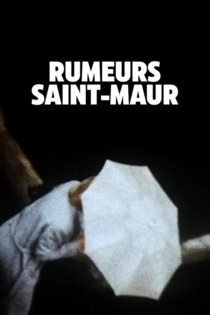
Cristo
Teo Hernández
Gaël Badaud, Armando Galvis
All of history, that of Christ or any other, permeates the world, leaves its mark, modifying and informing history, and all that the human reproduces and creates. The best way for historical interpretation or literary adaptation is to move as far as possible from literal interpretation. That is, it is a contemporary and personal interpretation. The story of Christ is an archetypal story. It has modified and informed a morality and a vision of the human being in the West, it must be taken for what it is and what it has become: matter.
Cristo
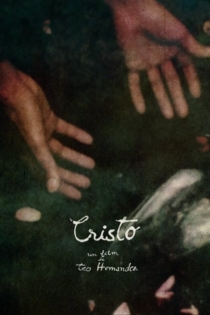
Corps aboli
Teo Hernández
Gaël Badaud
The purpose of the film is to go beyond the notion of the body as a system of functions, symptoms and reflexes that try to delimit the whole body. The body, represented here with all its norms, confronted with itself in a space devoid of causal references, moves towards the abolition of its image and the springing of its inner source: it is the luminous nucleus of the human body.
Corps aboli

Cinématon
Gérard Courant
Gérard Courant, Alain-Alcide Sudre
Cinématon is a 156-hour long experimental film by French director Gérard Courant. It was the longest film ever released until 2011. Composed over 36 years from 1978 until 2006, it consists of a series of over 2,821 silent vignettes (cinématons), each 3 minutes and 25 seconds long, of various celebrities, artists, journalists and friends of the director, each doing whatever they want for the allotted time. Subjects of the film include directors Barbet Schroeder, Nagisa Oshima, Volker Schlöndorff, Ken Loach, Benjamin Cuq, Youssef Chahine, Wim Wenders, Joseph Losey, Jean-Luc Godard, Samuel Fuller and Terry Gilliam, chess grandmaster Joël Lautier, and actors Roberto Benigni, Stéphane Audran, Julie Delpy and Lesley Chatterley. Gilliam is featured eating a 100-franc note, while Fuller smokes a cigar. Courant's favourite subject was a 7-month-old baby. The film was screened in its then-entirety in Avignon in November 2009 and was screened in Redondo Beach, CA on April 9, 2010.
Cinématon

Graal
Teo Hernández
Gaël Badaud, Pascal Martin
The film Graal goes (as well as all the films which precede it) toward an open and avowed paganism, in which pagan force and magic imbue all the subjects at all times. (...) This is not about "the" Holy Grail and its legend but about the concept of the Grail, taken in a larger sense as a universal archetype: abbreviation, metaphor of the cosmos. In fact, achievement. That is what the Grail is: the achievement's completion.
Graal
